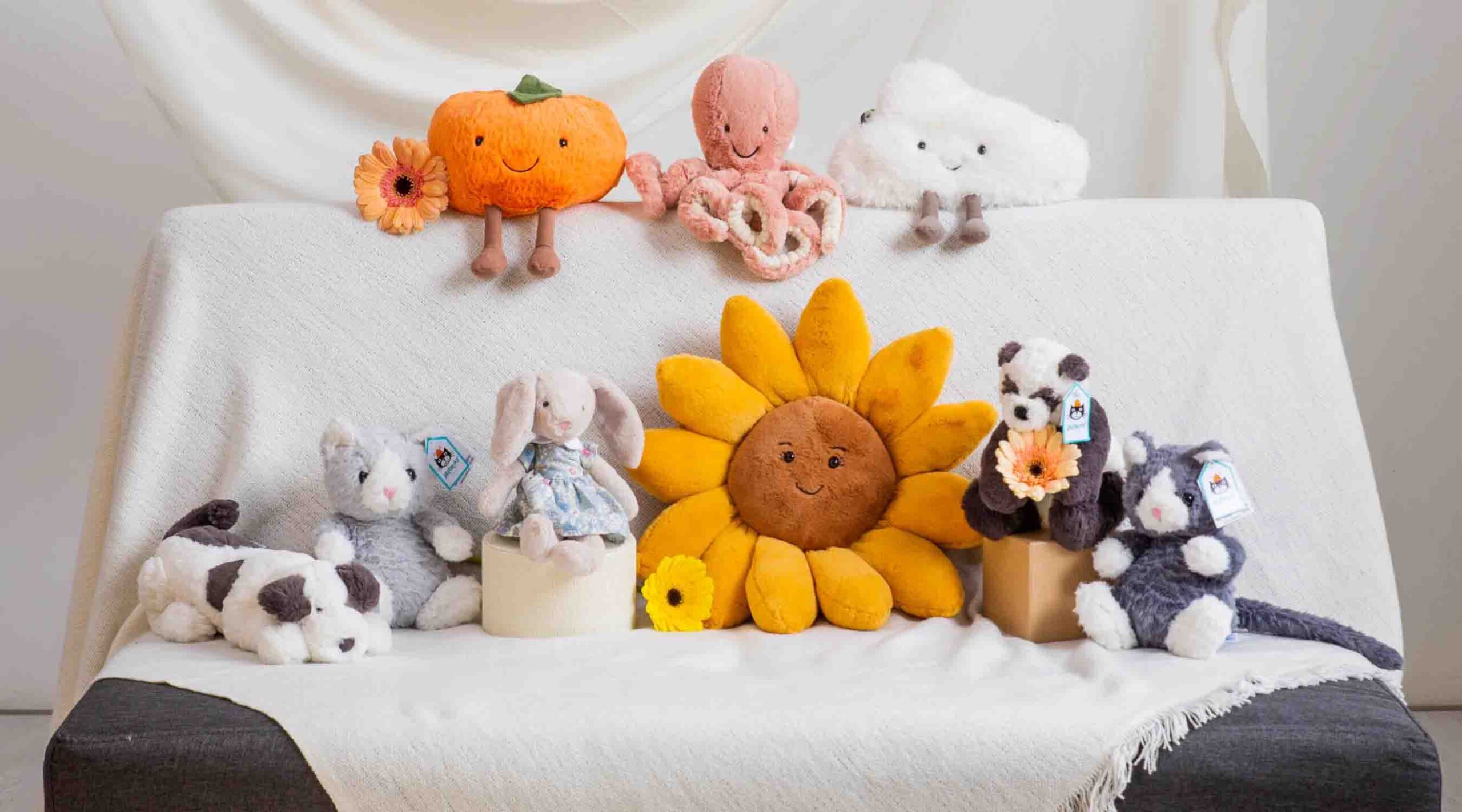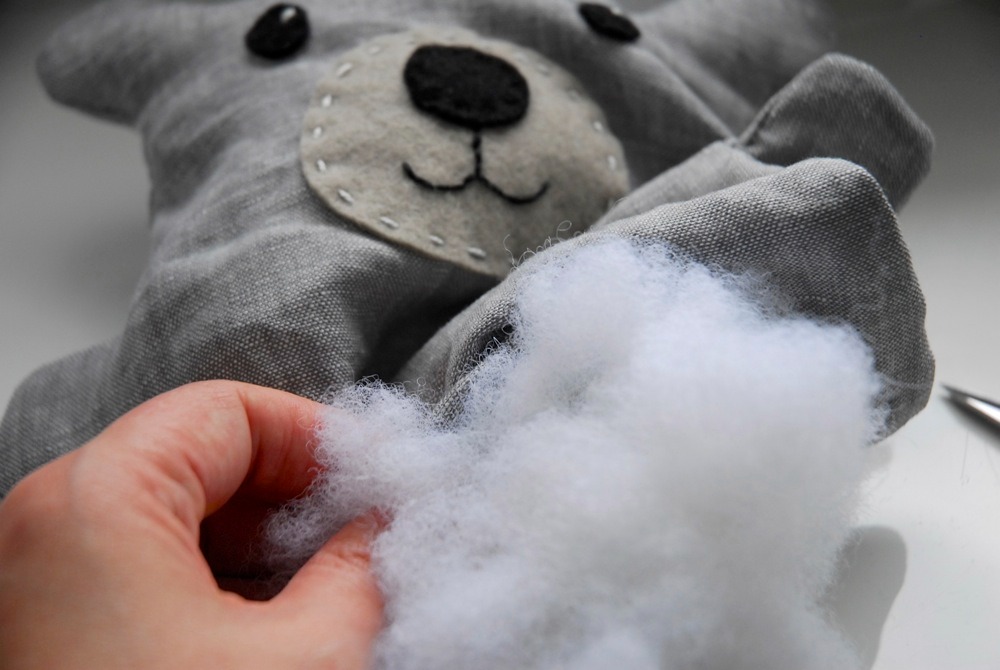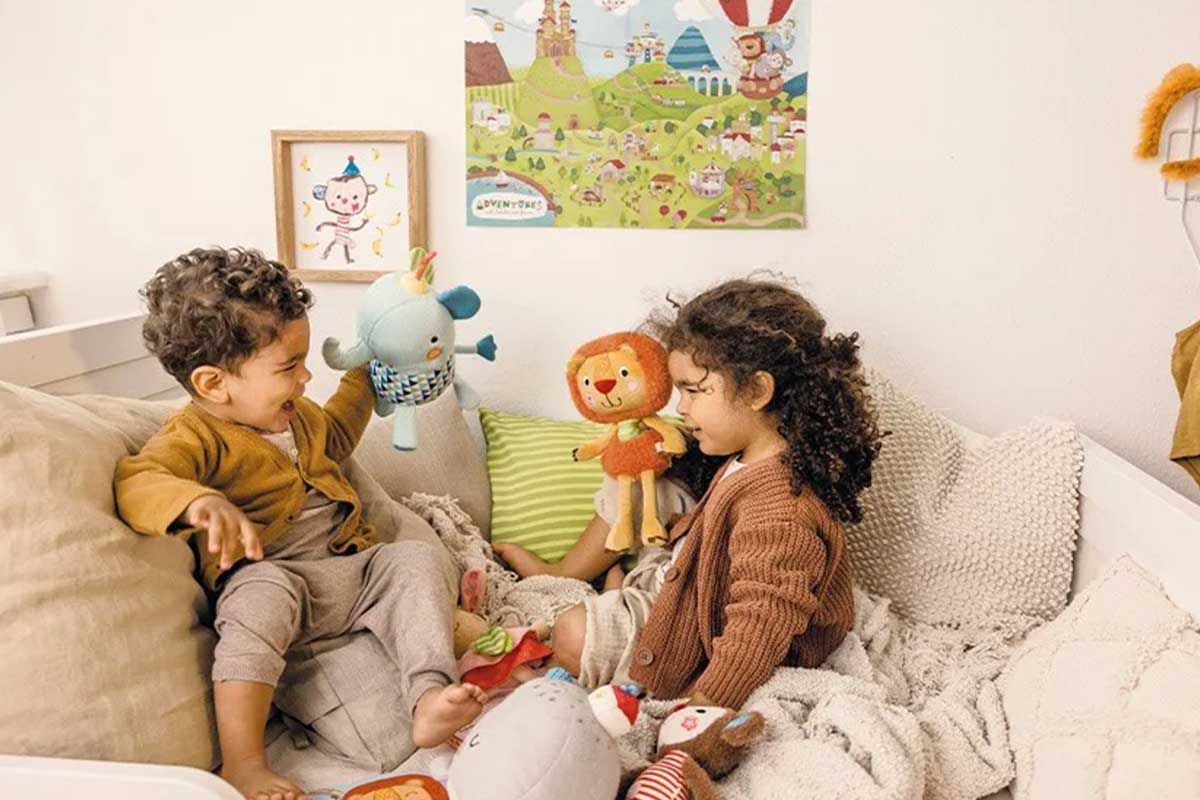Plush toys are one of the most beloved categories in the toy industry, appealing to children, collectors, and adults alike. But what exactly makes a plush toy popular? Popularity is not just about softness—it’s driven by a combination of design, cultural trends, and global consumer demand.
In this guide, we’ll look at the main criteria for plush toy popularity, examine best-selling designs, explore how culture and branding shape trends, and understand the growing influence of seasonal editions and social media.
What criteria determine the popularity of plush toys in global markets?

The success of a plush toy depends on more than its appearance. Buyers and retailers evaluate multiple factors before stocking or promoting a plush product.
Core Criteria for Popularity
- Design appeal – Cute or unique features that instantly attract buyers.
- Material quality – Softness, durability, and safe fabrics make toys more desirable.
- Price competitiveness – A plush must strike a balance between affordability and value.
- Safety certifications – CE, ASTM, and CPSIA compliance is critical for international sales.
- Branding and story – Toys tied to emotional or recognizable narratives connect better with consumers.
Market-Level Factors
Beyond the product itself, logistics and marketing also play a role. Retailers prioritize plush toys that have stable supply chains, consistent quality control, and strong social media presence.
| Criteria | Importance | Impact on Popularity |
|---|---|---|
| Design Appeal | High | Drives first impressions |
| Material Quality | High | Ensures repeat sales |
| Price Competitiveness | Medium | Expands market reach |
| Safety Standards | High | Required for compliance |
| Branding/Story | Medium-High | Builds loyalty and trust |
Which animal or character designs consistently lead plush sales?

Animal and character choices strongly influence plush popularity. Some designs never go out of style, while others are tied to short-lived trends.
Timeless Animal Designs
- Bears – Teddy bears remain the most iconic plush worldwide. Their classic design ensures lasting appeal.
- Dogs & Cats – Pets are consistently popular, reflecting real-life bonds.
- Bunnies – Often tied to gift and seasonal markets (e.g., Easter).
Character and Franchise Favorites
- Cartoon characters – Licensed characters from TV shows and movies often dominate plush sales.
- Fantasy creatures – Unicorns, dragons, and dinosaurs are strong sellers across multiple demographics.
| Design Type | Example | Market Appeal |
|---|---|---|
| Classic Bear | Teddy bear | Universal, timeless |
| Pets | Dogs, cats | Family-oriented buyers |
| Rabbits | Easter bunnies | Seasonal/gift market |
| Fantasy | Unicorns, dragons | Children & teens |
| Licensed | Disney, Pokémon | Global collector demand |
How do cultural and regional preferences influence plush toy trends?

Popularity varies across regions, reflecting cultural traditions, gift-giving practices, and consumer behavior.
Regional Preferences
- North America – Licensed characters (Disney, Pokémon) dominate sales. Seasonal plush tied to holidays also perform strongly.
- Europe – Eco-friendly plush and traditional animals like bears and sheep are highly valued.
- Asia (Japan, Korea) – Kawaii culture drives demand for ultra-cute designs and compact plush.
- Middle East – Premium plush, often tied to gifting traditions, sees strong growth.
Cultural Influence
Trends in media, folklore, or local holidays also shape plush demand. For example, pandas are iconic in China, while fox plush toys have cultural significance in Japan.
| Region | Preferred Plush Types | Key Influence |
|---|---|---|
| North America | Licensed characters, seasonal toys | Pop culture & holidays |
| Europe | Eco-friendly plush, traditional animals | Sustainability & tradition |
| Asia (Japan, Korea) | Kawaii designs, mascots | Cute culture & media |
| Middle East | Premium plush, gifting items | Cultural gift traditions |
What role do licensing and brand collaborations play in plush popularity?

Licensing and partnerships can dramatically boost plush sales. A collaboration with a well-known brand or franchise adds built-in recognition and trust.
Licensed Plush
- Disney, Marvel, Pokémon – These franchises guarantee global demand.
- Anime & gaming characters – Plush toys linked to popular shows and games have huge collector markets.
Brand Collaborations
- Retailers often work with manufacturers to create exclusive designs.
- Collaborations add scarcity value, increasing both demand and perceived uniqueness.
| Licensing/Collaboration | Impact | Example |
|---|---|---|
| Disney/Marvel/Pokémon | Global recognition | Franchise plush |
| Anime & Gaming Brands | Collector appeal | Pokémon, Hello Kitty |
| Retailer Collaborations | Exclusivity & uniqueness | Limited retailer editions |
Are seasonal or limited-edition plush toys shaping current demand?

Yes, limited editions and seasonal designs are increasingly important in driving plush popularity.
Seasonal Plush
- Christmas plush – Reindeer, Santa, and holiday-themed plush see spikes every year.
- Easter plush – Bunnies and chicks dominate spring sales.
- Valentine’s Day plush – Heart-shaped bears or themed animals are consistent sellers.
Limited Editions
- Exclusive colors or fabrics – Limited runs attract collectors.
- Event-based plush – Toys tied to festivals or product launches create buzz.
Seasonal and limited-edition plush also leverage urgency marketing, encouraging customers to purchase quickly before designs disappear.
| Plush Type | Example | Demand Driver |
|---|---|---|
| Christmas Plush | Santa, reindeer | Holiday gifting |
| Easter Plush | Rabbits, chicks | Seasonal celebration |
| Valentine’s Plush | Heart teddy bears | Emotional gifting |
| Limited Editions | Unique colors/fabrics | Collectible appeal |
How do online platforms and social media impact plush toy popularity?

In today’s market, plush toy trends are often born and amplified online. Social media plays a central role in shaping consumer demand.
E-Commerce Platforms
- Amazon, Walmart, and Alibaba drive large-scale plush sales through global reach.
- Etsy supports niche and handmade plush, appealing to collectors.
Social Media Influence
- Instagram & TikTok – Viral videos of cute plush toys can spark sudden demand.
- Pinterest – Plush toys often feature in gift and décor boards.
- Unboxing and review videos – YouTube reviews help build trust and visibility.
Consumer Behavior Shift
Younger consumers often discover plush trends online before seeing them in stores. Retailers that align their plush offerings with social media trends can capture demand faster than competitors.
| Platform | Role in Plush Popularity | Example |
|---|---|---|
| Amazon/Walmart | Mass-market exposure | Plush bears, licensed plush |
| Etsy | Niche/custom plush | Handmade or eco-friendly designs |
| TikTok | Viral plush trends | Kawaii characters, unique designs |
| Brand storytelling | Lifestyle plush marketing |
Conclusion
The most popular plush toys are shaped by design appeal, cultural preferences, brand collaborations, and social media influence. While timeless designs like teddy bears remain universal favorites, licensed characters, seasonal editions, and limited releases create excitement and drive sales across markets.
At Kinwin, we help global buyers design and produce plush toys that align with these trends—whether it’s classic bears for retail, kawaii designs for Asian markets, or eco-friendly plush for Europe. All products are manufactured to meet EN71, ASTM, CPSIA, and ISO standards, ensuring safety and durability.
📧 Contact us at [email protected]
🌐 Visit kinwintoys.com
Let’s create plush toys that not only look adorable but also capture global demand.







